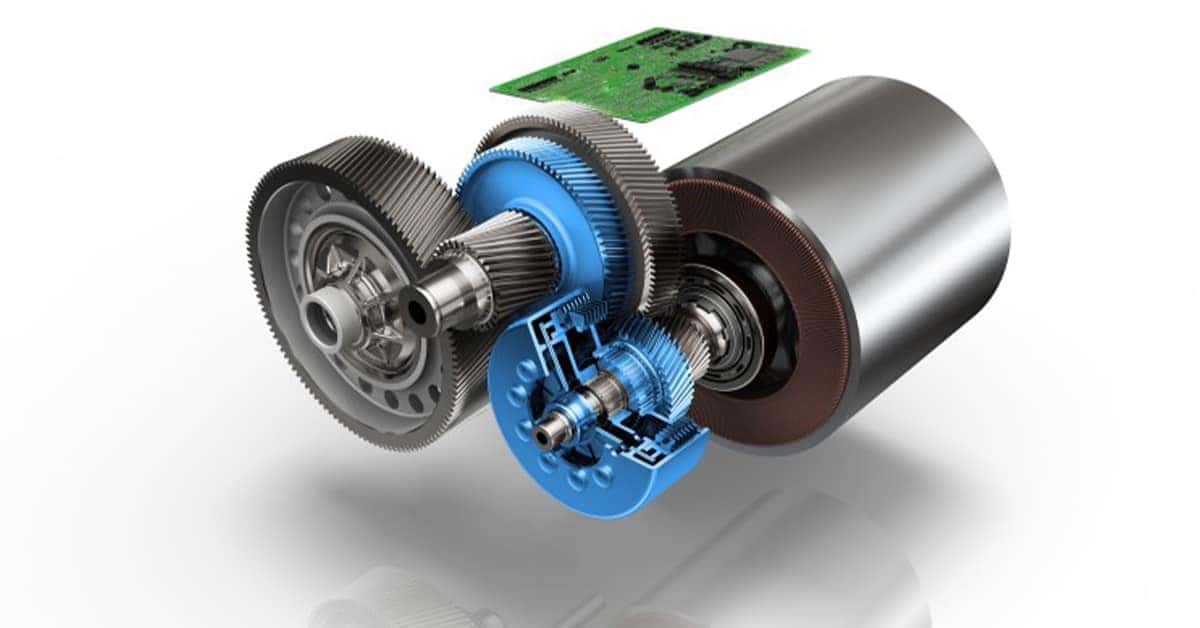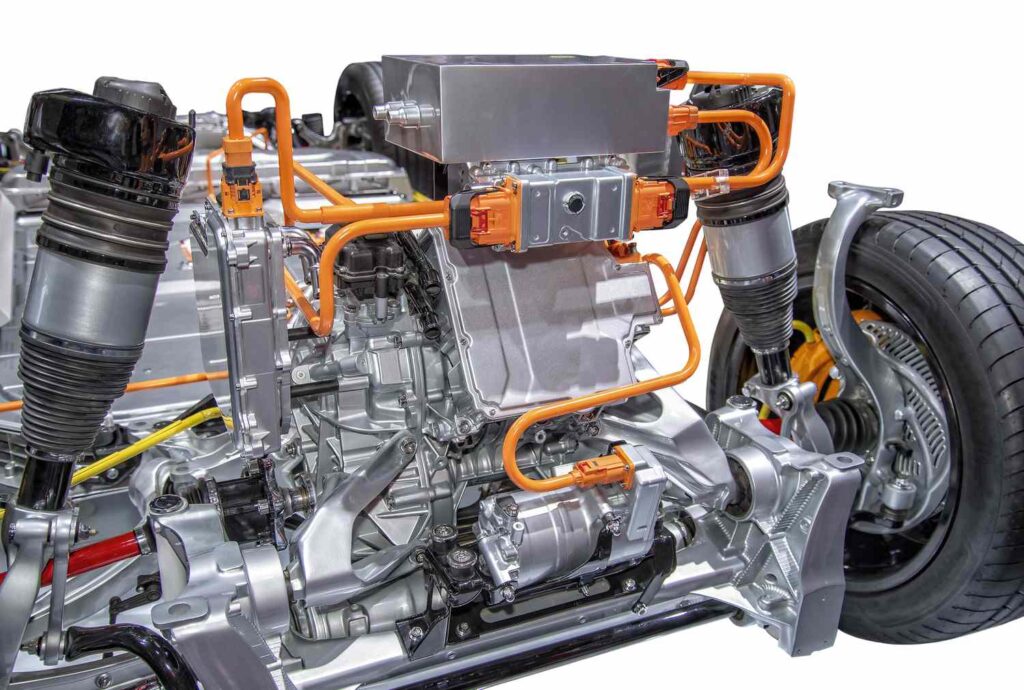- Jeep Cherokee Push Button Start Not Working: Troubleshooting Tips To Get You Back on the Road Fast! - 11 November 2023
- Haval H2 Problems: The Complete Troubleshooting Guide - 11 November 2023
- Gwm P Series Problems: Troubleshooting Guide for Common Issues - 11 November 2023
Most EVs do not have multi-speed transmissions, instead, they use a single-speed transmission to manage the electric motor. This is because electric motors are capable of producing maximum torque from zero RPM, eliminating the need for gears found in traditional internal combustion engine transmissions.
Electric cars have evolved to incorporate different transmission systems that cater to the unique characteristics of electric motors.
Advancements In Gearbox Technology For Evs
Electric vehicles (EVs) typically do not have multi-speed transmissions like traditional internal combustion vehicles. Instead, they usually use a single-speed transmission to regulate the electric motor. While EV transmissions exist, they work differently from those found in gas-powered cars. EVs do not require transmission fluid changes but still require maintenance like brake fluid and coolant changes.
The evolution of electric vehicles (EVs) has brought about significant advancements in gearbox technology. Unlike traditional internal combustion engine vehicles, most EVs do not have multi-speed transmissions. Instead, they rely on a single-speed transmission to manage the electric motor.
So why do most EVs use a single-speed transmission? The answer lies in the nature of electric motors. Electric motors are capable of delivering instantaneous torque and maintaining high levels of power across a wide range of speeds. This eliminates the need for multiple gears to transfer power from the motor to the wheels, resulting in a simplified drivetrain.
However, it is important to note that not all EVs use a single-speed transmission. Some manufacturers have started incorporating advanced gearbox technology to enhance the performance and efficiency of their electric vehicles. These advancements aim to optimize power delivery, improve acceleration, and increase overall driving range.
One such advancement is the use of multi-speed transmissions in certain high-performance EVs. These transmissions allow for more precise control over power delivery, enabling quicker acceleration and higher top speeds. By adapting the gear ratios to suit different driving conditions, manufacturers can enhance the overall driving experience while maximizing energy efficiency.
In addition to multi-speed transmissions, manufacturers are also exploring the use of advanced gear technologies, such as dual-clutch systems and continuously variable transmissions (CVTs). Dual-clutch systems offer seamless gear shifts and improved efficiency, while CVTs provide an infinite number of gear ratios, optimizing power delivery throughout the entire speed range.
As the demand for EVs continues to grow, we can expect further advancements in gearbox technology. Manufacturers are investing in research and development to create even more efficient, compact, and lightweight transmissions for electric vehicles. These innovations aim to optimize performance, extend driving range, and make EVs more accessible to a wider range of consumers.
Conclusion
The advancements in gearbox technology for EVs have revolutionized the way power is delivered from the electric motor to the wheels. While most EVs utilize a single-speed transmission, there are ongoing developments in multi-speed transmissions, dual-clutch systems, and continuously variable transmissions. These advancements aim to optimize performance, efficiency, and overall driving experience in electric vehicles. As EV technology continues to evolve, we can expect further breakthroughs in gearbox technology that will shape the future of electric mobility.

Credit: www.currentautomotive.com
Frequently Asked Questions On Does Ev Car Have Transmission
What Transmission Is Used In Ev?
Most EVs do not have multi-speed transmissions. Instead, they use a single-speed transmission to manage the electric motor.
Do Evs Have Transmission Fluid?
EVs do not have transmission fluid. They typically use a single-speed transmission to regulate the electric motor. Unlike traditional internal combustion vehicles, they do not have multi-speed transmissions with complex gears.
Do Electric Cars Come With Standard Transmissions?
No, electric cars do not come with standard transmissions. Most electric cars use a single-speed transmission to manage the electric motor, unlike traditional internal combustion engine vehicles that have multi-speed transmissions. Electric cars are typically automatic and do not require manual shifting.
Is There An Electric Transmission?
Generally, most electric vehicles (EVs) do not have multi-speed transmissions like traditional internal combustion vehicles. Instead, they use a single-speed transmission to regulate the electric motor. This is because electric motors are capable of generating a wide range of torque and power without the need for multiple gear ratios.
So, in short, EVs do have transmissions, but they work differently from those found in gas-powered cars.
Conclusion
Overall, most electric vehicles (EVs) do not have multi-speed transmissions like traditional internal combustion engine vehicles. Instead, they typically use single-speed transmissions to regulate the electric motor. While some people may refer to the gearbox in EVs as a transmission, it functions differently and serves to transfer power from the motor to the wheels.
It’s important to note that EV technology is continuously evolving, and there may be advancements in transmissions for electric vehicles in the future. Ultimately, EVs offer a unique driving experience and contribute to a sustainable future.


